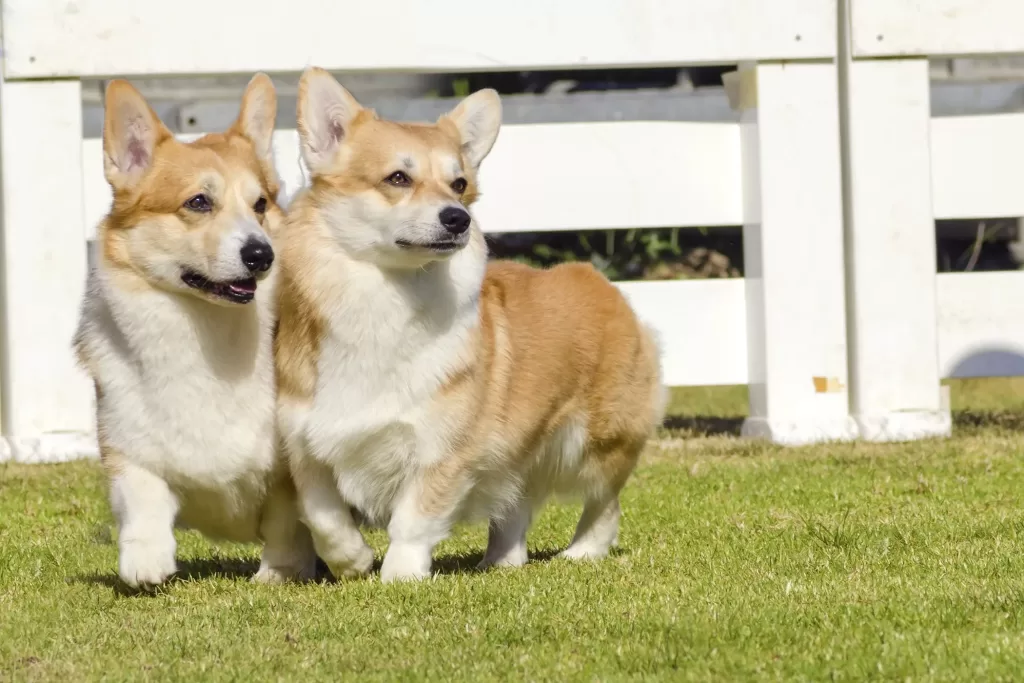What is Canine Dwarfism? When the puppy is born, it is a smaller version of the breed. As puppies get older, the legs become longer and they develop according to their breed.
Sadly, puppies thar are born with skeletal or pituitary abnormalities often do not grow, resulting in dwarfism and often painful joint conditions.
Also Read: Dwarfism in German shepherds
Although some breeds like Dachshunds and Basset Hounds promote skeletal abnormalities or dwarfism in the bread standard, it is unusual and often painful in most other species.
Types and Causes of Canine Dwarfism
Osteochondrodysplasia
Osteochondrodysplasia is a genetic condition in which bones and cartilage do not develop properly. There are different forms such as achondroplasia and pseudoachondrodysplasia, each form has different growth problems.
Growth problems can be mild, resulting in serious growth problems such as slightly lower limbs or bent limbs, deformed joints, lameness, and severe weakness.
Organs alone do not affect bones. Puppies often have large heads, small or undeveloped jaws and noses, or spinal deviations.
Genetic predisposition
While breeds such as the Dachshunds, Sky Terriers, Welsh Corgis, and Basset Hounds promote certain types of skeletal dwarfs in this species, this genetic condition often appears without encouragement in other species – and often results in weakening.
Affected breeds include
- German Shepherds
- Boston Terriers
- Pugs
- Pekingese
- Japanese Spaniels
- Shih-Tzus
- Beagles
- English Pointers
- Cocker Spaniels
- Scottish Terriers
- Alaskan Malmouths
Therefore, dogs with Osteochondrodysplasia, their parents, and other siblings should not be raised.
Skeletal dwarf treatment
There is no specific treatment or cure for osteochondrodysplasia, and the care depends on the severity of the condition.
In few cases, Dwarf dogs are able to live relatively normal lives. In severe bone deformity cases, your vet may recommend corrective surgery.
For joint pain and inflammation, painkillers and anti-inflammatory medications can reduce discomfort.
Dogs with the dwarf disease have an increased risk of developing arthritis as they age.
Pituitary dwarf

Another form of canine distemper is when the pituitary gland does not secrete enough growth hormone.
Unlike a skeletal dwarf, the body grows unevenly, while dogs with a pituitary dwarf are smaller. Some dogs often retain the puppy coat, while many develop hair loss or hyperpigmentation. Often permanent teeth never come out.
Canine Dwarfism Treatment includes treatment for growth hormone injections as well as thyroid or adrenal gland conditions.
Among the breeds most at risk for this condition are German shepherds and Cornelian bear dogs.
how to tell if a dog has dwarfism?
If your dog is a dwarf, you may notice that it is growing more slowly than he is. Symptoms depend on the breed and the type of dwarf.
Some of the most commonly reported signs in the first few months are:
- The body is longer than usual
- The legs are shorter than the normal ones
- Puffy eyes
- Swollen abdomen
- The tongue comes out of the mouth
- Puppy bark will be in high pitch
- Small jaw and underbite (upper teeth behind lower teeth)
- Larger than normal head
- The feet rotate outwards
- Swollen joints
- The front legs are bent
- Not growing at the right rate or proportion
- Smaller than Littermates
- Tooth Decay (Slow Development)
- Hair coat does not grow like that (long adult coat does not grow)
- May seem mentally slower than other puppies
- Panting more than usual
- Difficulty in breathing
- Snoring
- Hair loss
- Blackened skin
- Small testicles
Dogs with dwarfism life expectancy
A dog with Canine Dwarfism has a shorter lifespan, but not always. Most dogs with a skeletal dwarf live a relatively healthy and long life.
However, a dog with the pituitary dwarf disease can be seen reducing this condition from 5 years. Most dogs can manage and treat pituitary dwarfism by giving it back, at or near their full lifespan.
The skeletal dwarf is not very treatable; its severe forms are the most dangerous.

